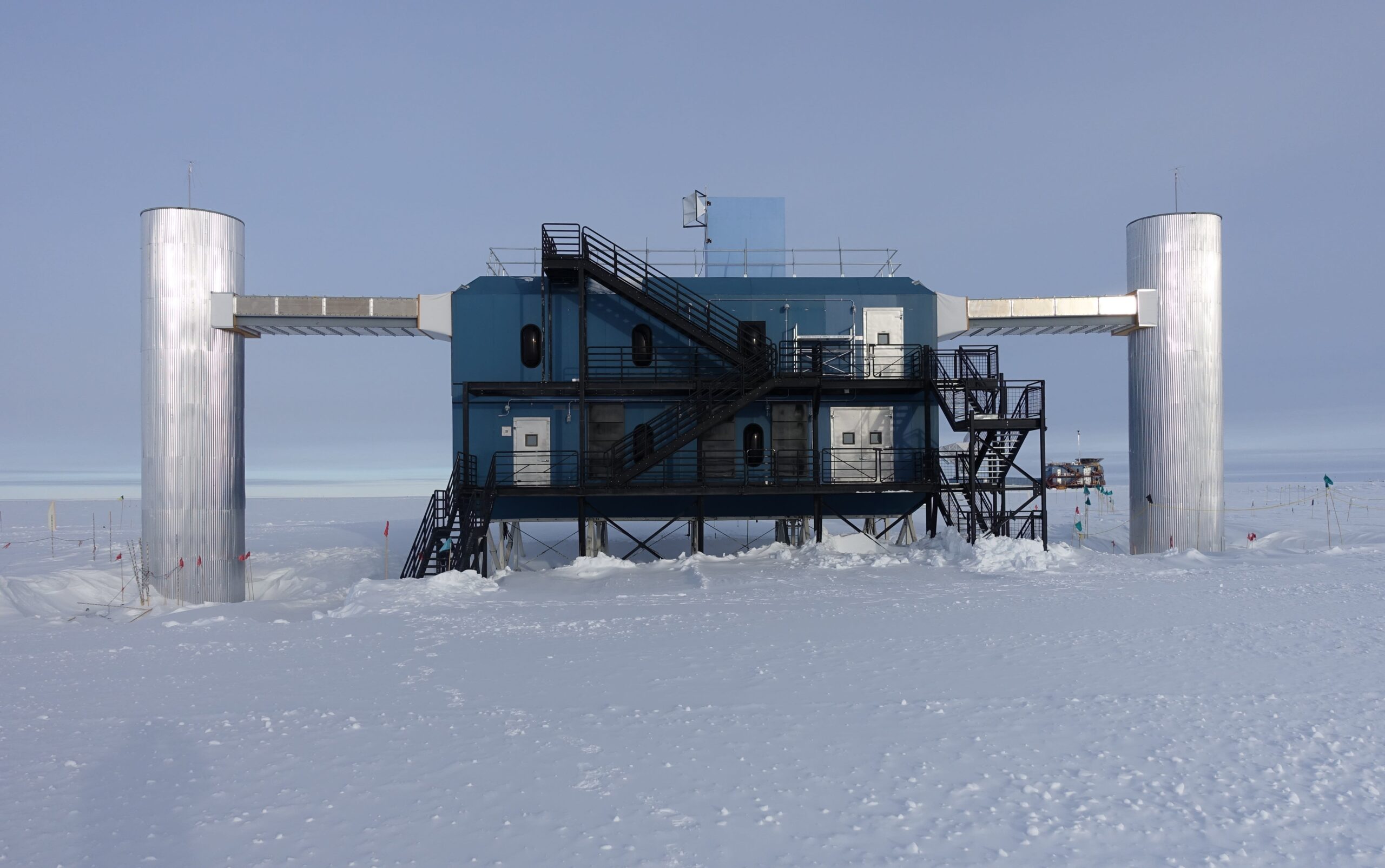
The IceCube experiment, the world’s largest neutrino telescope that has been studying the cosmos from the depths of Antarctic ice for over a decade, has made a new and unexpected observation: a diffuse neutrino emission of very high energies, from 500 GeV up to several PeV, concentrated along the Milky Way. These new observations suggest that the cosmic ray population in the innermost regions of the Galactic plane is more energetic than the one observed near Earth by experiments such as AMS on the International Space Station. In addition to having implications for the physics of cosmic ray transport, this result is also important because it may help to understand their origin, in the near future. Further valuable confirmations of this observation and details needed to complete new scenarios will come from future analyses of IceCube data, and from results from next-generation gamma-ray observatories and neutrino telescopes, such as KM3NeT, IceCube Gen 2 and Baikal-GVD. The discovery was also made possible by new theoretical models of neutrino emission to interpret the experimental data: without them, in fact, it would not have been possible to identify the faint neutrino glow in our galaxy. One of the theoretical models used, called KRA_gamma, was developed by a group of Italian researchers from INFN and the Universities of Pisa, Naples Federico II, and Rome Sapienza, in collaboration with colleagues from GSSI Gran Sasso Science Institute and Stockholm University. IceCube results were published on June 29 in Science. The IceCube neutrino telescope was built and is operated by the National Science Foundation (NSF) with the financial support and participation of several member institutions of the IceCube Collaboration from fourteen countries, including the University of Padua, the only Italian group participating in the project.





